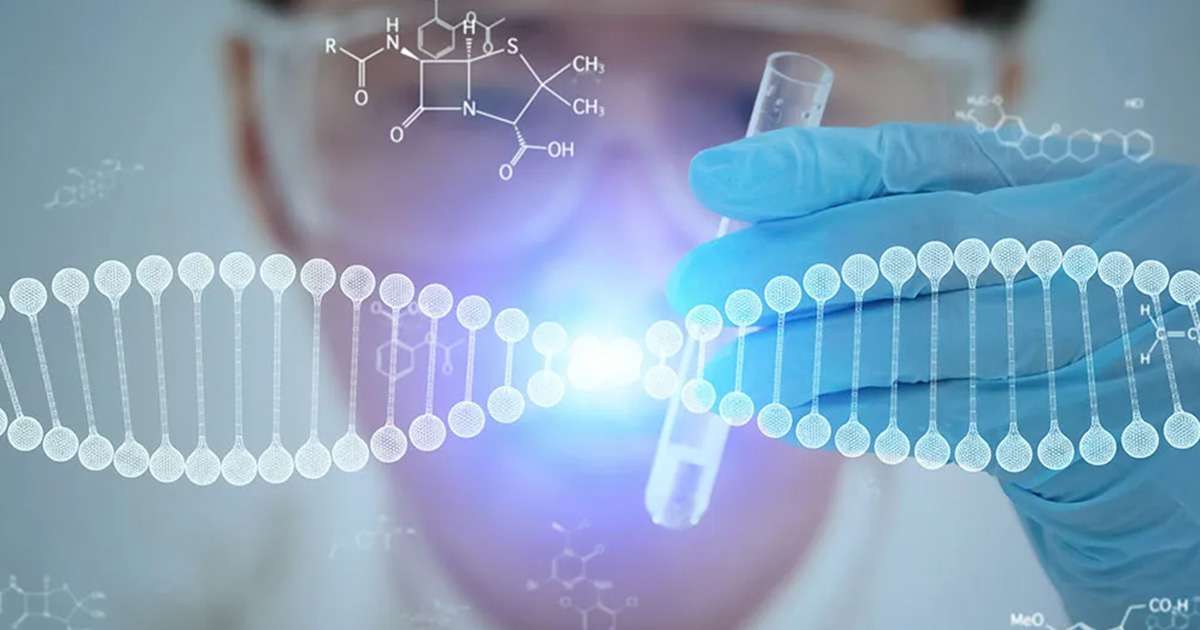Cell Therapy vs Gene Therapy: A Guide Comparison in Modern Biomedical Treatment

In recent years, you may have heard about the advancements in biomedical treatments, specifically cell therapy, an innovative process that leverages the body’s own cells to repair, replace, or restore damaged or diseased tissue. Stem cell therapy, a type of cell therapy, is a cornerstone of regenerative medicine and has proven to be a game changer in treating previously incurable diseases. These biomedical treatments are not just improving quality of life but saving lives as well.
It’s estimated that by 2026, the global market for cell therapy will reach US$8.21 billion, reflecting the increasing demand and recognition for this kind of treatment. Two of the most celebrated and promising biomedical treatments today are cell therapy and gene therapy. In this article, we will look at what they are, how they work, and how they compare.
Cell Therapy: A New Hope
Cell therapy is a revolutionary medical treatment that uses cells to fight disease. The process typically involves extracting specific cells from a patient or a donor, modifying or multiplying them in a lab, and then reintroducing them back into the patient’s body. The goal is to replace or repair damaged cells and tissues and stimulate the body’s own healing mechanism.
For example, in stem cell therapy, doctors harvest stem cells, which have the unique ability to develop into many different cell types in the body. Then, various conditions are treated using these cells. Here are some examples of the vast range of conditions that can be treated with cell therapy:
Cancer
CAR-T cell therapy involves the laboratory modification of a patient’s T cells (a type of immune cell) to express a specific receptor on their surface. When these modified cells are introduced back into the patient, they can target and kill cancer cells.
Autoimmune Diseases
Rheumatoid arthritis, multiple sclerosis, and other autoimmune diseases can be treated with cell therapy by introducing cells that can modulate the immune system and lessen inflammation.
Spinal Cord Injuries
Stem cells have the potential to repair damaged spinal cord tissue, potentially enhancing patients’ mobility and quality of life.
Parkinson’s Disease
Cell therapy is being explored as a potential treatment for Parkinson’s disease by replacing the dopamine-producing cells that are lost in this condition.
Heart Disease
Researchers are investigating the use of stem cells to repair damaged heart tissue following a heart attack.
Diabetes
To replace the insulin-producing cells that are lost in type 1 diabetes, researchers are looking into the use of cell therapy.
Liver Diseases
Cell therapy could potentially be used to replace or repair damaged liver cells, offering a new treatment option for liver diseases.
Gene Therapy: The Blueprint Correction
Gene therapy is another innovative biomedical treatment that operates on a microscopic level. This course of treatment aims to change or replace a patient’s genes to treat or prevent illness. The process typically involves delivering genetic material directly into cells, usually through a vector like a virus that has been genetically modified for safety.
The primary objective of gene therapy is to correct or replace faulty genes, with the potential to cure or significantly improve genetic conditions. Here are some examples of the diverse range of conditions that can potentially be treated with gene therapy:
Severe Combined Immunodeficiency (SCID)
Gene therapy has been used to treat SCID, a genetic condition that leaves a baby’s immune system virtually nonexistent.
Hemophilia
This genetic condition makes it difficult for the body to produce blood clots. Gene therapy can potentially provide a long-lasting solution by introducing a correct copy of the faulty gene.
Retinal Diseases
Certain inherited retinal diseases, like Leber Congenital Amaurosis, can be treated with gene therapy to improve vision.
Muscular Dystrophy
This class of genetic disorders causes progressive muscle loss and weakness. The goal of gene therapy is to replace the damaged gene with a functional one.
Cancer
Gene therapy is being studied as a way to treat cancer, either by enhancing the body’s immune response or by making tumor cells more susceptible to other treatments.
Cystic Fibrosis
This genetic disease causes severe lung and digestive system damage. Gene therapy could potentially introduce a correct copy of the faulty CFTR gene.
Spinal Muscular Atrophy
This genetic disorder affects the control of muscle movement. Through gene therapy, a fully functional SMN1 gene can be used to replace a missing or damaged one.
Cell Therapy Vs. Gene Therapy: A Detailed Comparison
Cell and gene therapies are two innovative fields in the realm of biomedicine. Both hold immense potential in revolutionizing treatments for a wide array of diseases. They do, however, approach and apply in very different ways.
Cell therapy is centered around using cells as therapeutic agents. It involves the use of specific cells, often stem cells, to repair or replace damaged tissues and cells in the body. This type of therapy has shown a great deal of success in treating a variety of conditions. For instance, it’s been effective in managing cancer, autoimmune diseases, and certain genetic disorders. Stem cells, due to their ability to differentiate into various cell types, play a crucial role in cell therapy and contribute to its versatility in treating different conditions.
Gene therapy, on the other hand, focuses on a disease’s genetic causes. It entails changing or replacing a patient’s genes in order to treat or prevent diseases. The goal is to correct faulty genes, thereby addressing the root cause of genetic disorders. While gene therapy is primarily employed for genetic disorders, its potential is also being explored for treating cancer and various other diseases.
Despite their differences, both cell and gene therapies share a common objective: to pave the way for more personalized, targeted treatments that do more than just manage symptoms; they hold the potential to cure diseases. We are getting closer to a time when previously incurable diseases are treatable if not completely cured.

